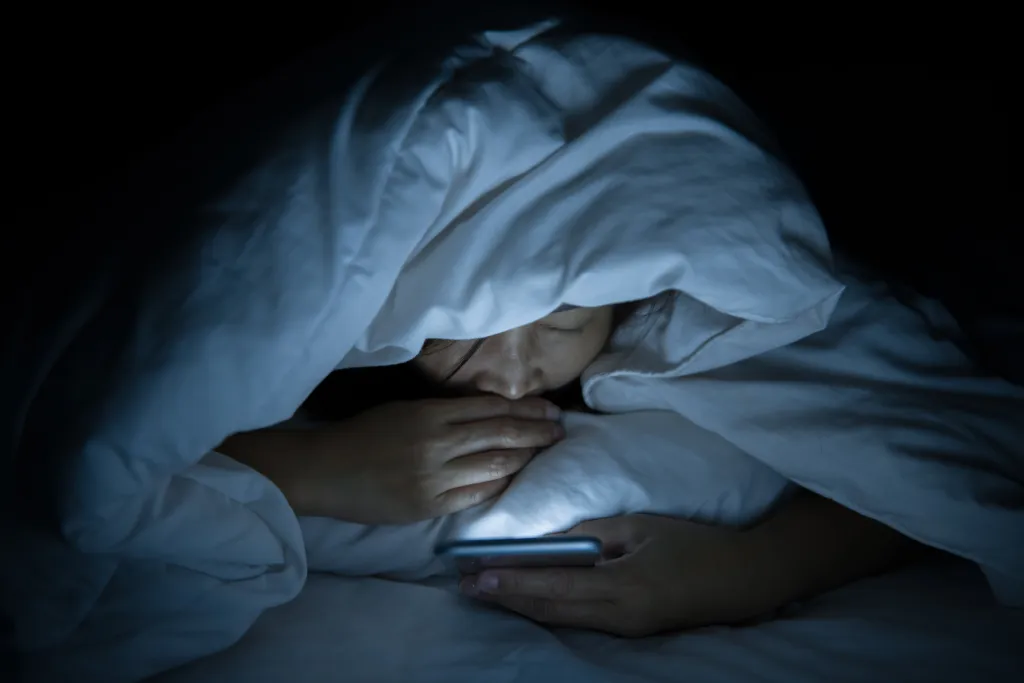A recent study by Flinders University highlights the significant impact of bright light exposure at night on the risk of developing type 2 diabetes. The research, published in The Lancet Regional Health – Europe, demonstrates that nighttime light exposure disrupts circadian rhythms, affecting insulin secretion and glucose metabolism, both of which are critical in regulating blood sugar levels.
The study suggests that minimizing exposure to bright light during the night could be a simple yet effective strategy for reducing the risk of diabetes.
The study involved a large-scale analysis of data from approximately 85,000 individuals who were monitored for their light exposure over a week using wrist-worn devices. The participants were tracked over nine years to determine the long-term impact of light exposure on the development of type 2 diabetes.
The findings indicated a clear correlation between higher levels of light exposure at night, particularly between 12:30 am and 6:00 am, and an increased risk of developing the condition, independent of daytime light exposure.

Disruptions to circadian rhythms caused by nighttime light exposure were found to significantly alter insulin secretion and glucose metabolism, two key processes in the body’s ability to manage blood sugar levels.
These disruptions can lead to difficulties in regulating blood sugar, increasing the likelihood of developing type 2 diabetes over time. This emphasizes the importance of maintaining a consistent and dark nighttime environment to support healthy metabolic processes.
The research also accounted for other potential risk factors for type 2 diabetes, such as lifestyle habits, sleep patterns, shift work, diet, and mental health. Even after controlling for these variables, the association between nighttime light exposure and diabetes risk remained strong, underscoring the importance of minimizing light exposure during sleep.
The study’s findings suggest that reducing nighttime light exposure could be a practical and cost-effective method to prevent or delay the onset of type 2 diabetes. By maintaining a dark environment during the night, individuals may be able to protect their circadian rhythms and support healthier metabolic functioning, thereby lowering their risk of this chronic condition.
